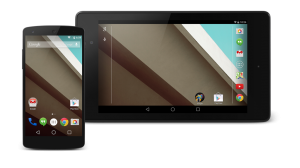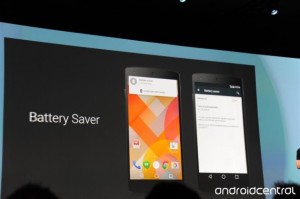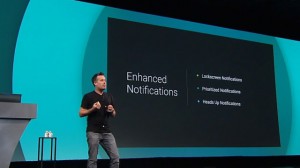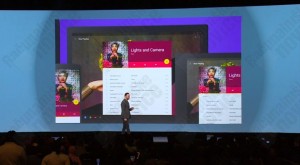





The coolest security feature we’ve seen so far on the Android “L” is the addition of “Trusted Environments”, a feature which allows you to access a phone without a password or PIN while still enjoying all of the security that comes along with them. For example, your smartphone can be set to connect with your smartwatch, which would allow password-free access to the phone when within a foot of the wearable device but require a password when out of range. You can also set places like your home to be a trusted location; a GPS-recognized environment that you dub “safe” would eliminate the need to repeatedly enter a password when the phones sense that its user is secure at home.


A few other new and notable features include things like ART runtime (what actually runs the Android apps) which will make apps run twice as fast on the “L” preview without any changes to the software whatsoever. Also, ART is built to support the 64-bit mobile chips starting to hit the market now. The “L” will see better Bluetooth with a peripheral mode, while better camera controls should mean better image quality for photo enthusiasts. As for the system itself, smarter network handling means that the “L” will be able to detect some network problems before they get out of hand so that apps can adjust accordingly.
While we won’t see this new system in action until later this year (fall, if everything goes according to plan), now that developers have been able to get their hands on the Beta version I would guess that we can expect to see some very cool things coming out of Google’s Android camp in the very near future.

 Laptop & Tablet Parts
Laptop & Tablet Parts




















